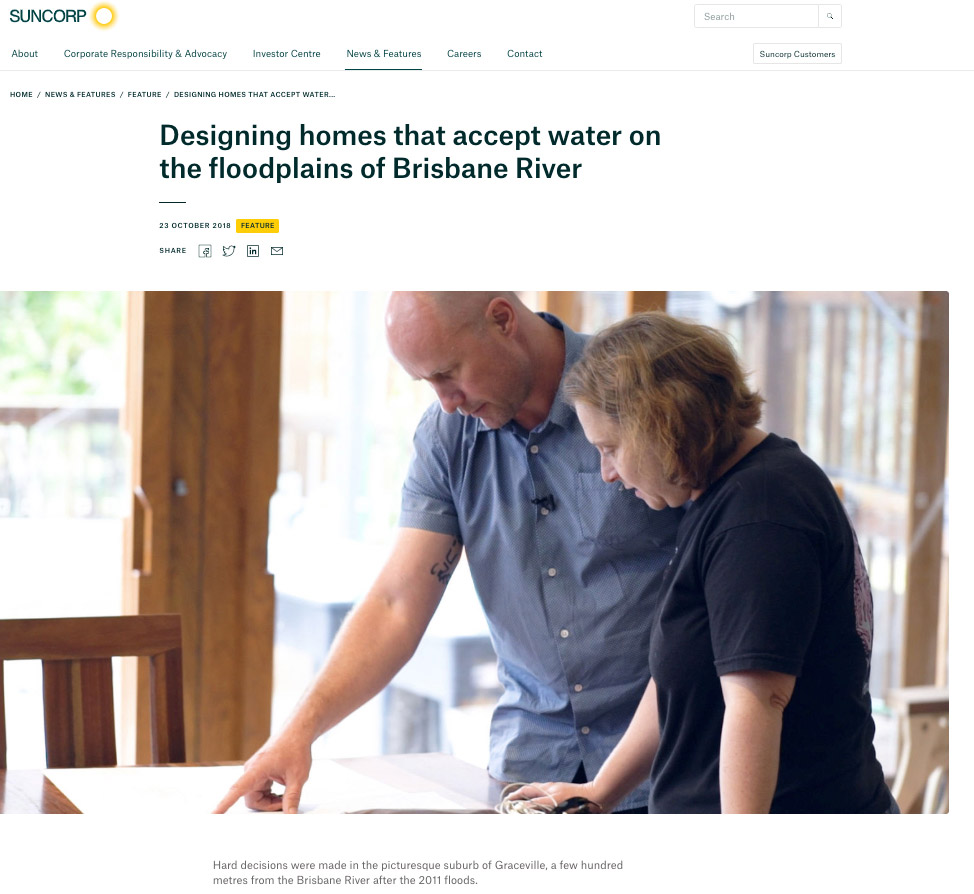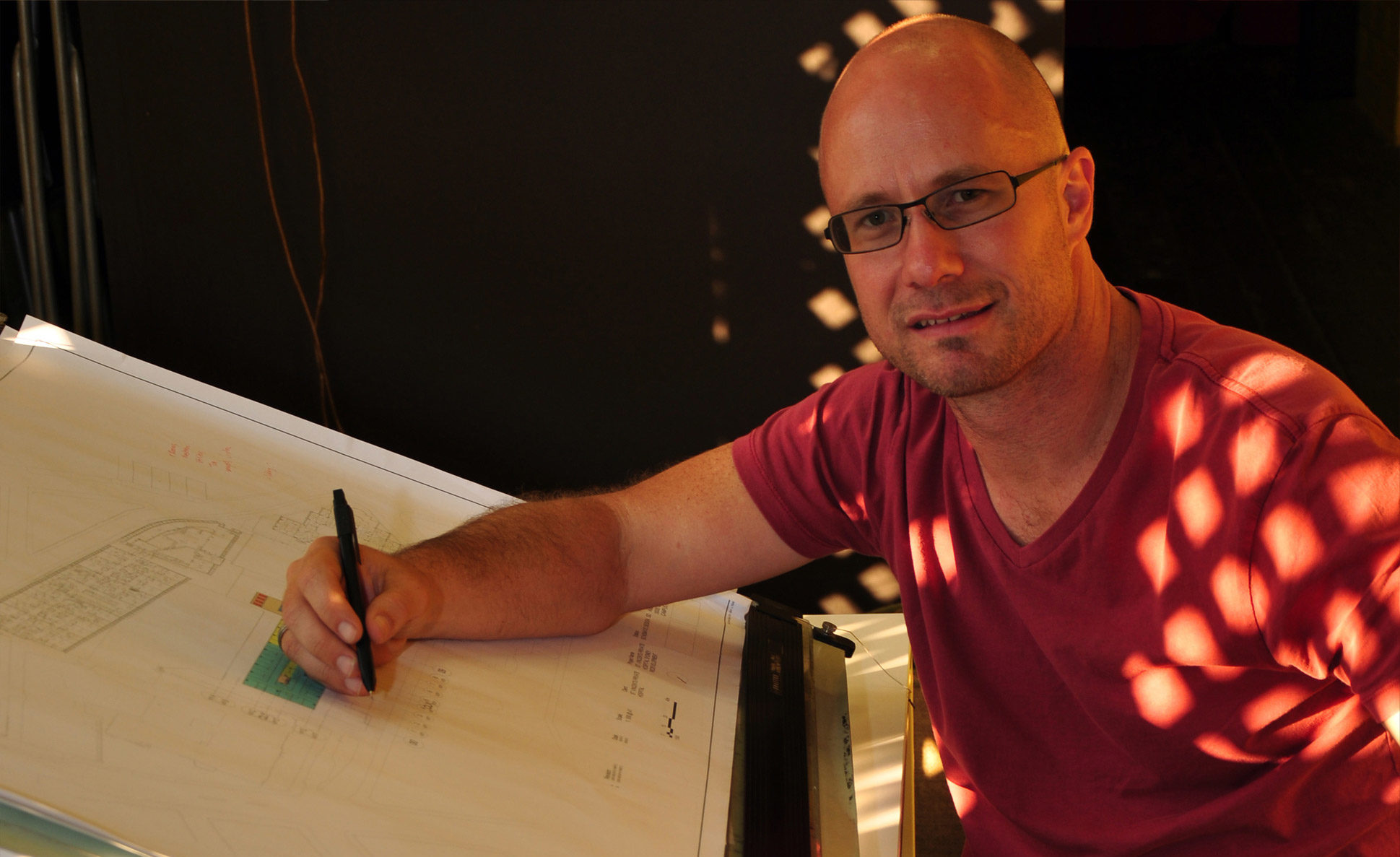We caught up with 2012 churchill fellow james davidson to find out about his fellowship investigation into designing flood-resilient housing and the impact his research has had on building design for parts of australia affected by floods.
What made you apply for a Churchill Fellowship?
I wanted to do something good for my Australian community and society in general and thought the Churchill Fellowship could assist with this aim.
What was the aim of your Churchill Fellowship investigation and why is it important in the Australian context?
Flood resilience is a critical element in adapting Australia’s current and future built environments to climate change. The aim of my Fellowship was to build on the flood resilience (built environment adaptation) work I had already been doing in my architectural practice and broaden my understanding by learning from other experts from around the world.
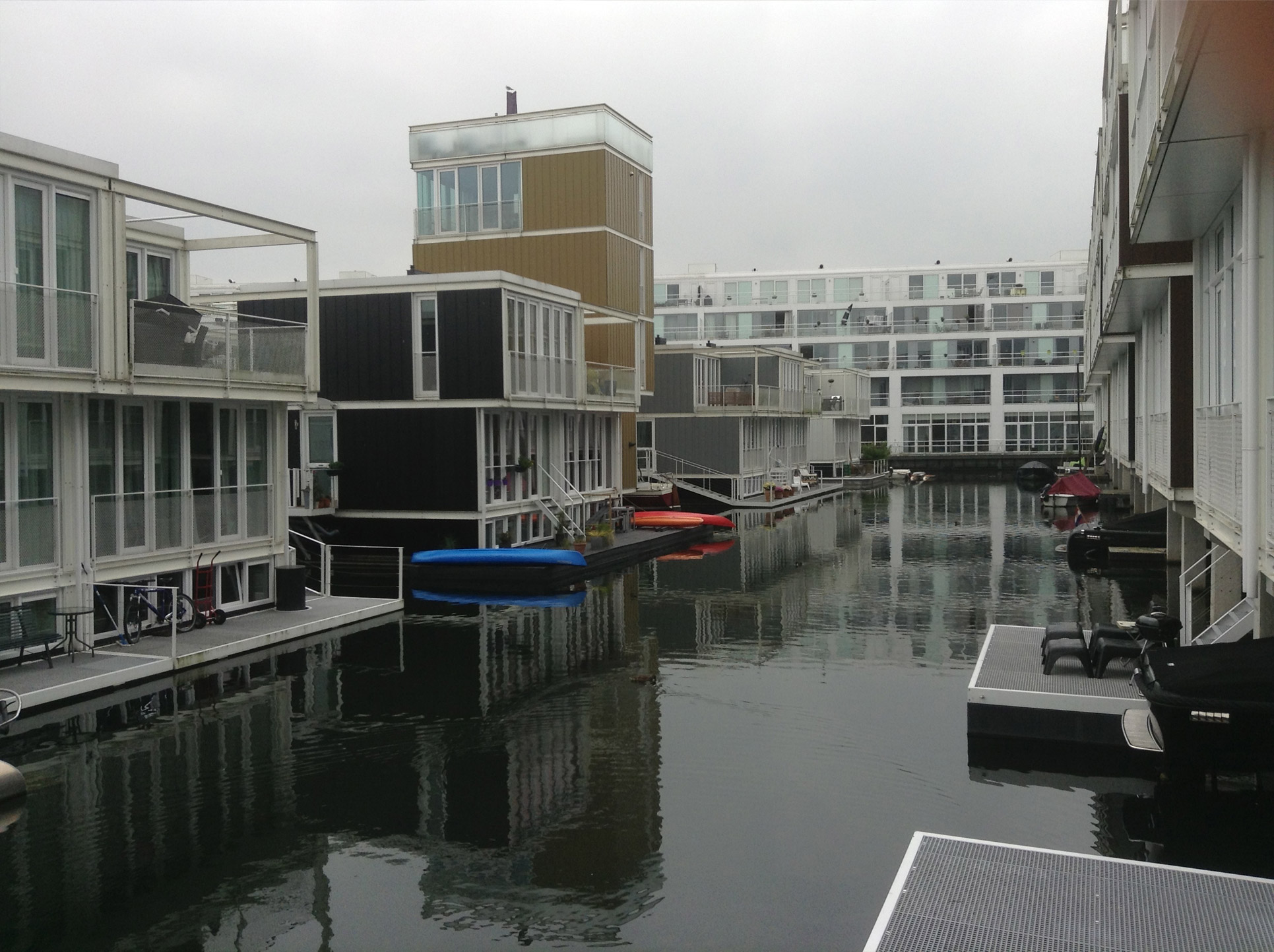
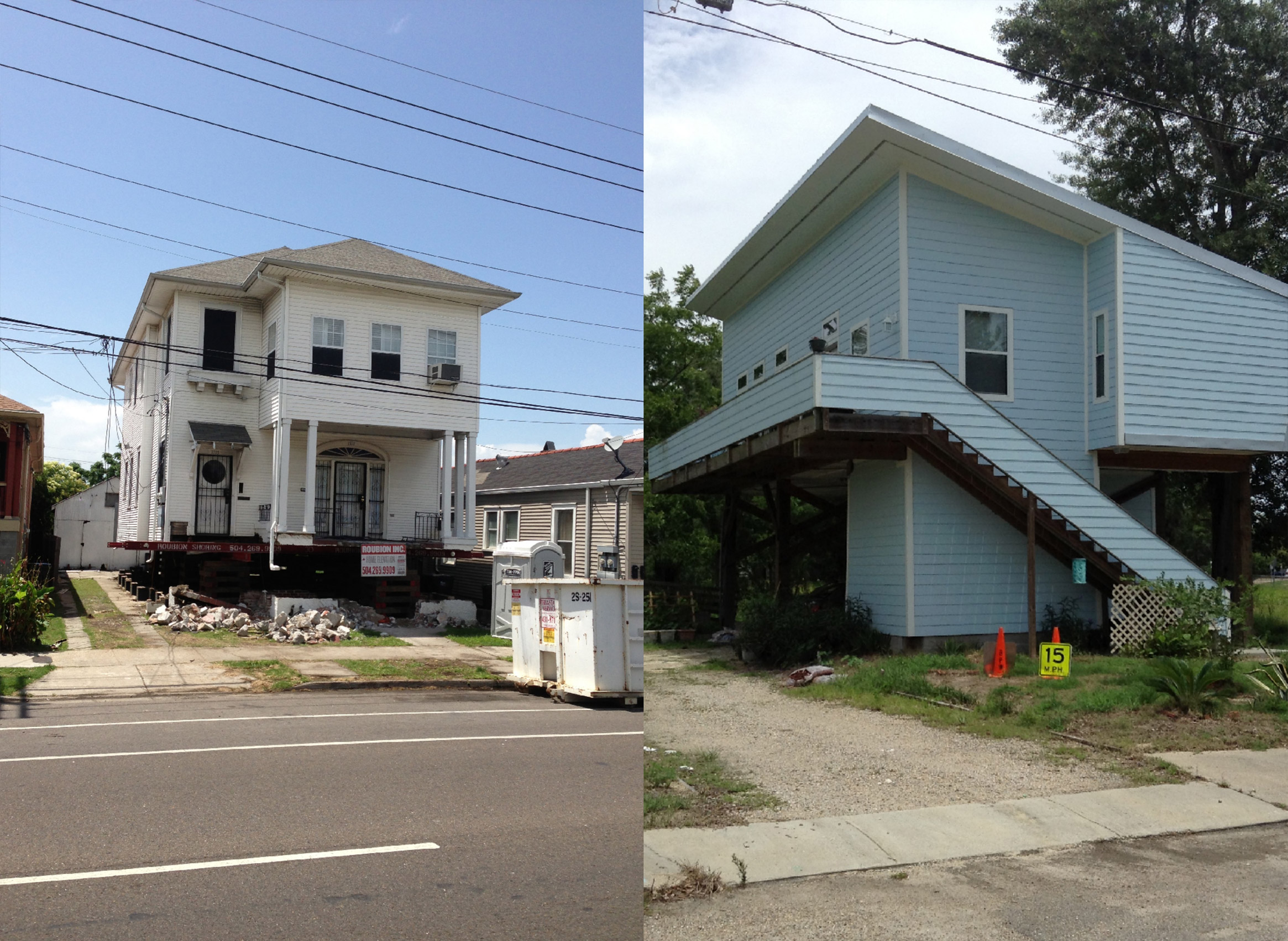
What were/was the most interesting/exciting/insightful thing/s discovered on your Churchill Fellowship?
I learned that while our experiences of flooding in Australia were similar to other places around the world, the way we had approached adaptation was unique and we could share our learnings with others as well. It became a wonderful exchange of knowledge which resulted in us continuing to work together to this day on ideas in both Australian and International contexts.
Since returning how have you been disseminating/implementing your findings?
In 2014, I coordinated a workshop at the Deltas in Times of Climate Change Conference in Rotterdam on regional flood resilience for southeast Queensland. I also presented at the Resilient Rockhampton Workshop in 2015 and was a steering committee member for the bi-annual International Conference on Amphibious Architecture, Design and Engineering. In 2016, I facilitated a 5-day design charrette which brought together 170 professionals from over 20 different disciplines to work towards a regional water management plan for Southeast Queensland and in 2017, the culmination of this work titled, “Water Futures: Integrated Water and Flood Management Strategies for Enhancing Liveability in South East Queensland” was published. This led to me authoring the Flood Resilient Building Guidance for Queensland Homes for the Queensland State Government, working with the City of Gold Coast on their the Flood Resilient Home Design Guide, and assisting Brisbane City Council with the rollout of their Flood Resilient Homes Program – the largest residential flood resilience project to date in Australia.
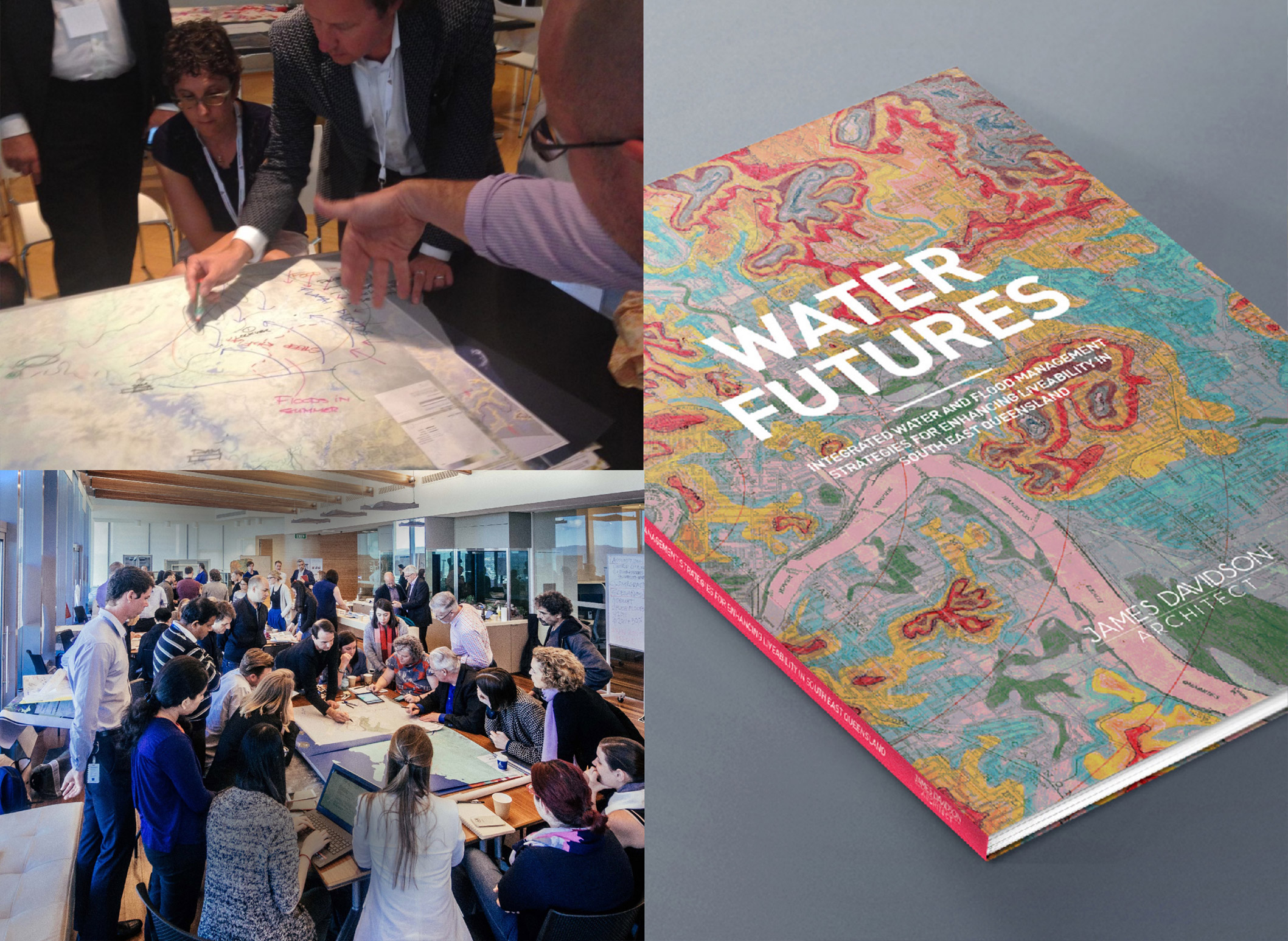
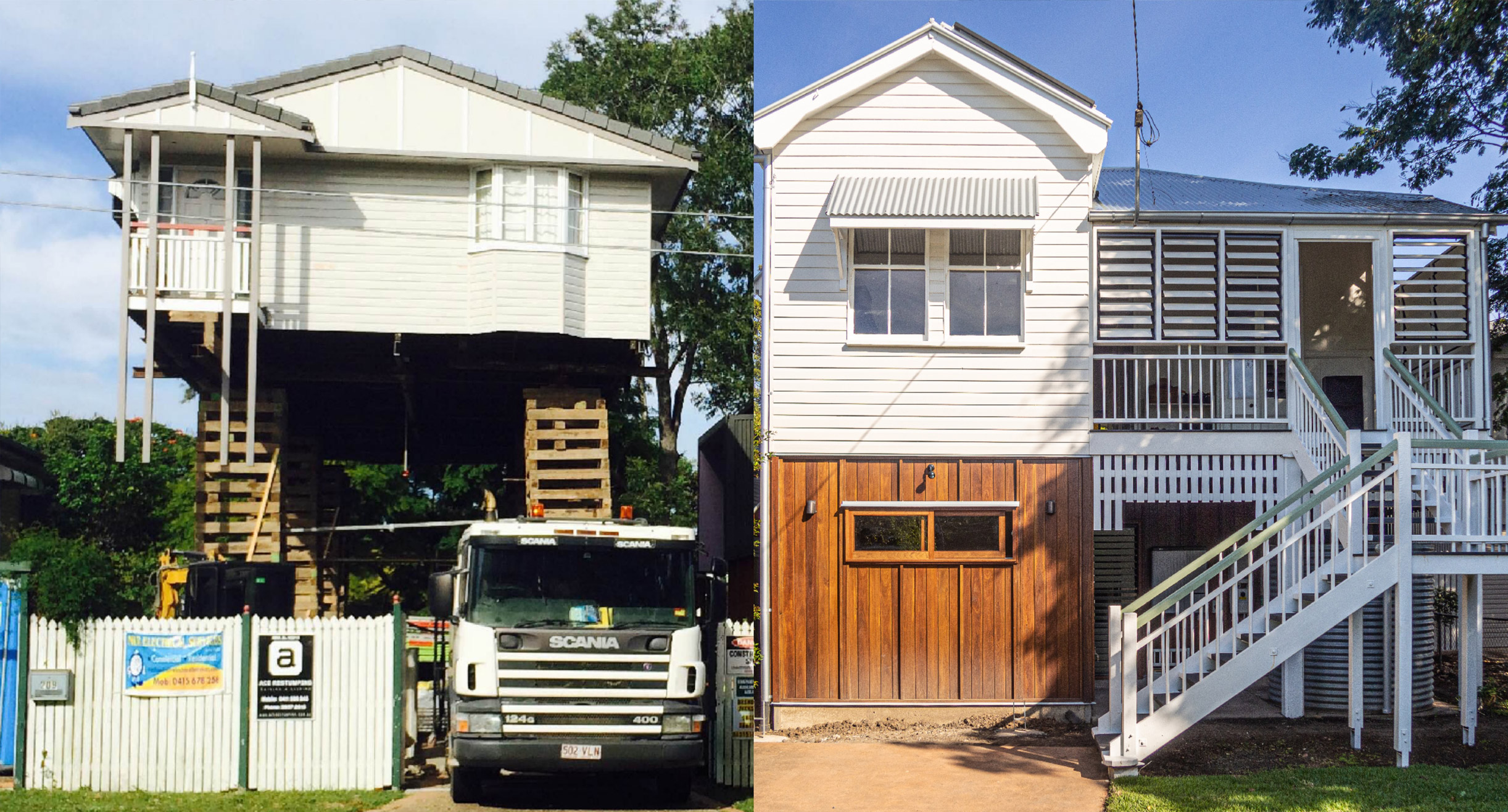

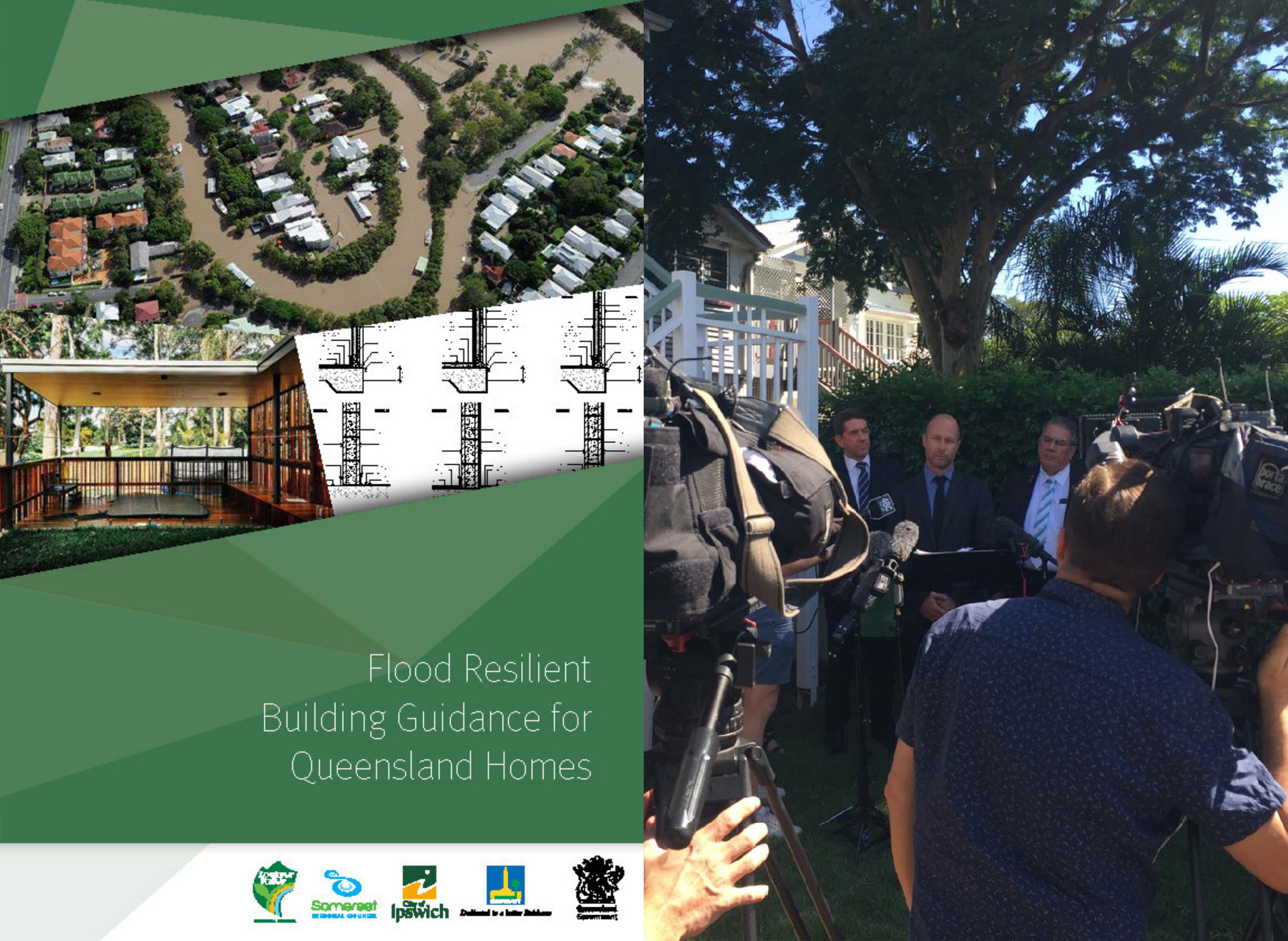
Has your focus changed since going on your Fellowship? If so, how?
No. It’s been strengthened and I’m more committed than ever.
How have your ideas been received by the key stakeholders in your field? Any major challenges?
Very well received. My architecture practice has grown from 3 employees in 2013 to 10 employees currently. No major challenges other than continuing to bring work in while continuing to develop the design thinking and content behind the work. I have become good at advocacy. One of the main wins I’ve had is to lobby the insurance industry to lower flood premiums in recognition of flood resilient design. So far a number of my clients have had their insurance premiums lowered between 40-50% on this basis by Suncorp Insurance. My aim is to continue to engage with insurers so we can achieve a broader impact with others in the industry. This is a potential game-changer.
What is next for you?
Continue on. I hope to continue to assist other communities across the country and possibly overseas.
What do you hope to achieve in flood resilient design in the next year or the next 5 years?
To become the best flood resilience architectural practitioner I can possibly become and assist as many people as I can. Perhaps I could move into other areas of climate change adaptation for our Australian built environment.
